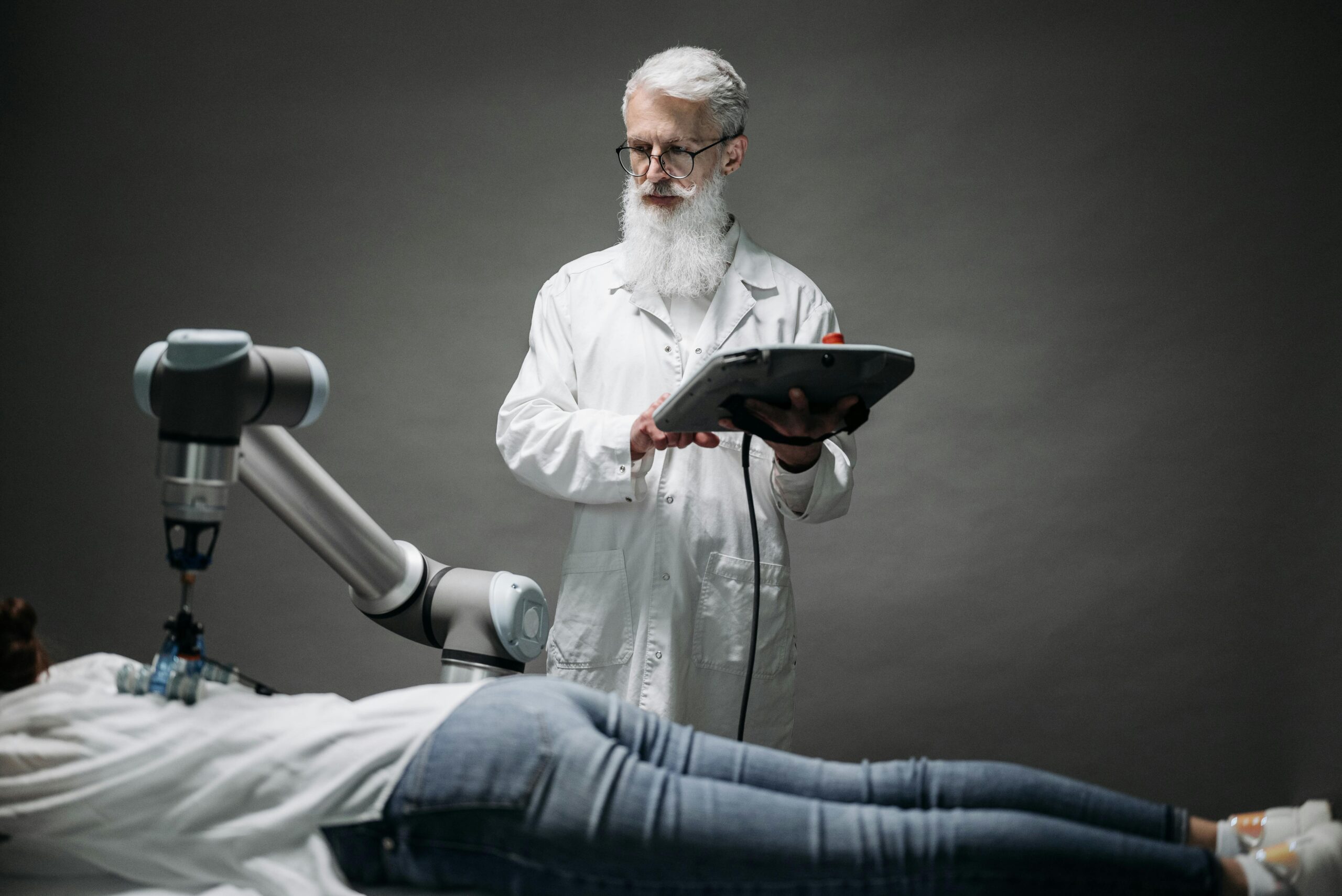Robotic-Assisted Surgeries: Transforming Healthcare with Precision and Innovation
Robotic-assisted surgeries have revolutionized the field of healthcare, offering unprecedented precision, reduced recovery times, and enhanced patient outcomes. This cutting-edge technology is being widely adopted across various medical disciplines, from urology to orthopedics, and is redefining what is possible in surgical care. According to a report by Grand View Research, the global market for surgical robots was valued at $4.6 billion in 2022 and is projected to grow at a compound annual growth rate (CAGR) of 15.3% from 2023 to 2030.
In this article, we explore the advancements in robotic-assisted surgeries, their benefits, and how they are shaping the future of healthcare.
What Are Robotic-Assisted Surgeries?
Robotic-assisted surgeries involve the use of robotic systems controlled by a surgeon to perform complex procedures with enhanced precision and minimal invasiveness. These systems, such as the da Vinci Surgical System, consist of robotic arms equipped with surgical tools and cameras, which are controlled via a console by the surgeon.
Key features of robotic systems include:
- Enhanced Precision: Robots can perform highly detailed movements that surpass human capabilities.
- 3D Visualization: Advanced cameras provide surgeons with a magnified, high-definition view of the surgical area.
- Minimally Invasive Techniques: Smaller incisions lead to faster recovery and less scarring.
Applications of Robotic Surgery
Robotic-assisted surgery is transforming multiple medical specialties, including:
1. Urology
Robotic systems are commonly used for prostatectomies and kidney surgeries. The precision of robotic arms minimizes damage to surrounding tissues, improving patient outcomes.
2. Gynecology
Procedures like hysterectomies and endometriosis surgeries benefit from robotic assistance due to reduced recovery times and improved accuracy.
3. Cardiothoracic Surgery
Minimally invasive heart surgeries, such as mitral valve repair, are now performed using robotic systems, reducing the risk of complications.
4. Orthopedics
In knee and hip replacement surgeries, robotic systems like Mako assist in precise placement of implants, improving long-term outcomes.
5. General Surgery
Applications in bariatric surgery, hernia repair, and gastrointestinal surgeries are growing rapidly due to the versatility of robotic systems.
Recent Advancements in Robotic Surgery
1. AI Integration
Artificial intelligence (AI) is enhancing robotic systems by enabling real-time decision-making and predictive analytics. AI-driven robots can identify anomalies during procedures, assisting surgeons in avoiding potential complications.
2. Haptic Feedback
New robotic systems are incorporating haptic feedback technology, allowing surgeons to feel the resistance of tissues, enhancing precision and control.
3. Remote Surgery
Teleoperation capabilities are enabling surgeons to perform procedures remotely, expanding access to specialized care in underserved regions. The successful use of 5G technology in robotic surgeries was demonstrated in China, where a surgeon performed a gallbladder removal from over 3,000 kilometers away.
Benefits of Robotic-Assisted Surgeries
- Improved Precision: Robots enable microscale movements, reducing the risk of human error.
- Faster Recovery: Minimally invasive techniques result in shorter hospital stays and quicker recovery times.
- Reduced Pain and Scarring: Smaller incisions mean less trauma to the body.
- Enhanced Outcomes: Procedures performed with robotic assistance often yield better long-term results.
Challenges and Limitations
While robotic-assisted surgeries offer numerous advantages, they are not without challenges:
- High Costs: Robotic systems are expensive, limiting their accessibility in some regions.
- Training Requirements: Surgeons must undergo extensive training to master these systems.
- Technical Malfunctions: Although rare, equipment failure during procedures is a concern.
Case Study: Robotic Surgery in Cancer Treatment
The da Vinci Surgical System has been a game-changer in treating prostate cancer. A study published in The Lancet Oncology revealed that robotic-assisted prostatectomies resulted in less blood loss, fewer complications, and faster recovery times compared to traditional open surgeries.
The Future of Robotic Surgery
The future of robotic surgery lies in continuous innovation. Key trends to watch include:
- Nanotechnology: Researchers are developing nanoscale robotic systems for precision drug delivery and minimally invasive surgeries.
- AI-Driven Automation: Fully autonomous robotic surgeries are being explored, where robots could perform simple procedures independently under supervision.
- Global Accessibility: As costs decrease and technology advances, robotic surgeries are expected to become accessible to more healthcare providers worldwide.
Conclusion
Robotic-assisted surgeries represent the pinnacle of modern healthcare innovation, offering transformative benefits to both patients and medical professionals. As technology continues to advance, these systems will play an increasingly integral role in improving surgical outcomes and expanding access to high-quality care.
For more information on the latest advancements in robotic-assisted surgery, visit Intuitive Surgical’s website.
Share this content:














Post Comment